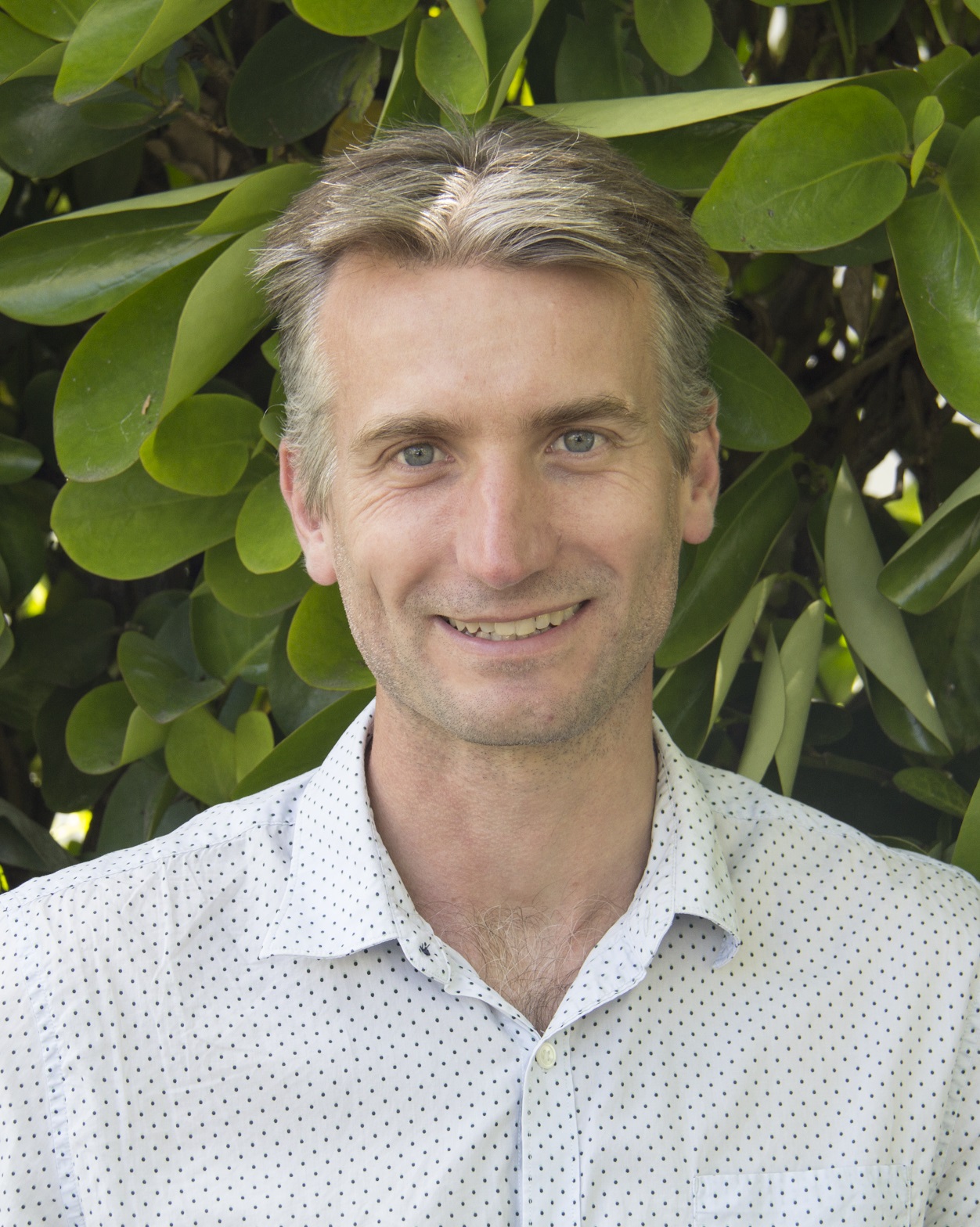Gold, palladium and copper will be the first key metals extracted from e-waste at the New Zealand biorefinery in a couple of weeks.
New Zealand’s Government has provided $600,00 in backing, through the Ministry for the Environment’s Waste Minimisation Fund, for the construction of the demo plant, which is will be open for recyclers from around the world to visit.
Mint expects to recover currently around US$10,000 in metals from each tonne of crushed and powdered e-waste supplied by New Zealand’s leading IT recycler Remarkit.
Dr Will Barker, CEO of Mint Innovation, says while Mint has now scaled to pre-commercial, it is already looking ahead to where first in the world it should take its patented bioprocessing technology. “The world has an e-waste problem that is compounded by both consumer demand for the latest electronic gadgetry and more countries refusing to import e-waste,” Barker says. “Approximately 50 million tonnes of e-waste was generated worldwide last year, with the metallic value alone estimated to be close to US$50 billion. This includes US$22 billion in gold, found primarily in circuit boards. That ‘urban ore’ is attractive feedstock for us.
“The primary advantage of Mint’s technology is the scalability – enabling deployment of city scale plants that can recover value from e-waste in the city of collection.”
Mint plans to fund and build its plants in cities and regions, such as the Birmingham-Manchester-Liverpool triangle, where the e-waste stream that it seeks ranges from 1,000 tonnes to 50,000 tonnes a year.
Recyclers will first sort e-waste into the various value streams and send the circuit board stream direct to a local Mint Innovation plant near them. Mint plans to deal directly with recyclers with transparent payments based on metal value recovered.
“Our world-first biorefinery uses microorganisms to scavenge precious metals from complex waste streams,” Dr Barker says. “It is cyanide free and the process streams themselves are recycled, providing an environmentally responsible solution for the particularly noxious waste stream. Residual inert waste from the process is available as an aggregate or filler and any remaining grey water is chemical free.”










